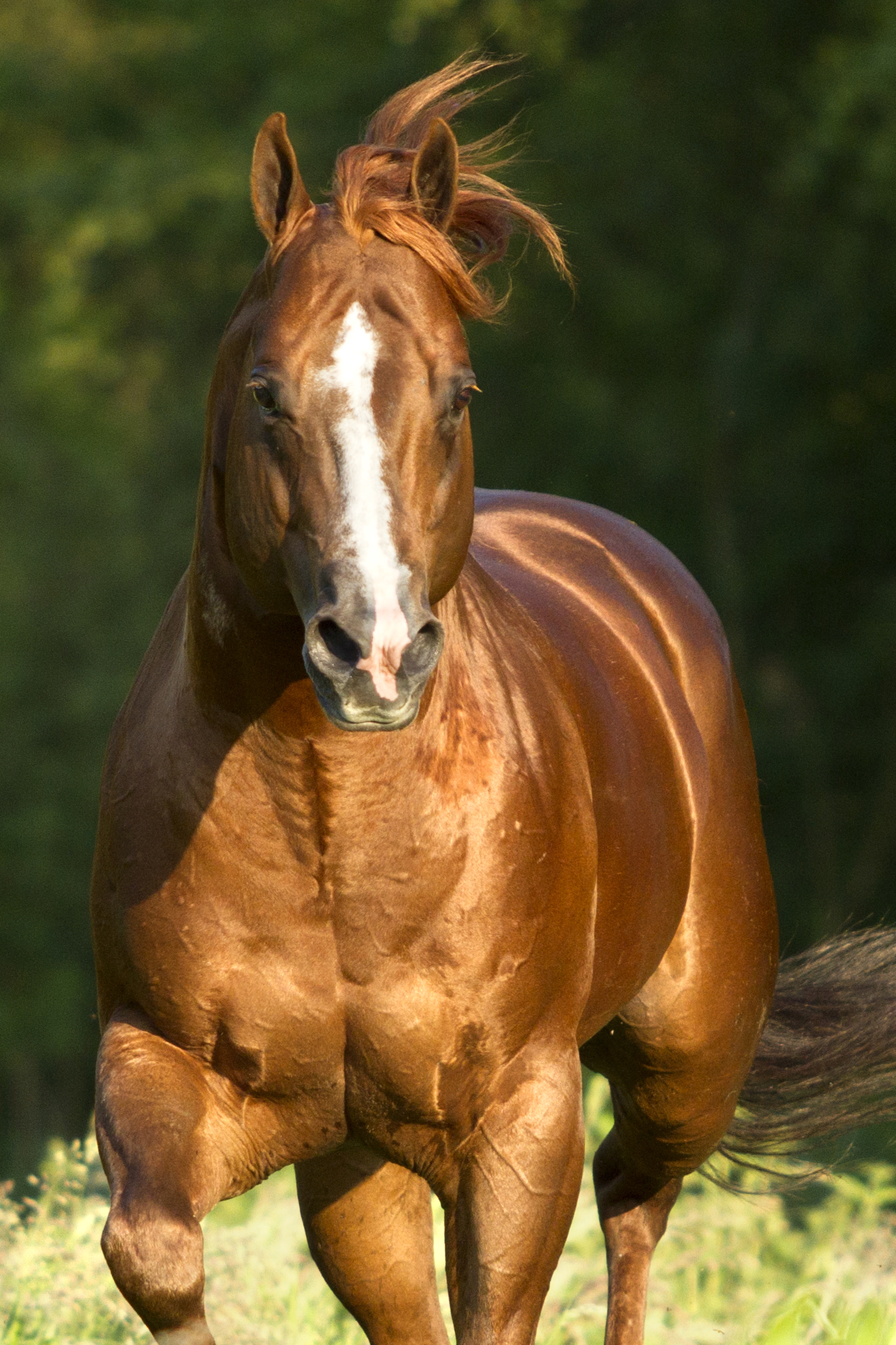
© Lisa Dijk/Arnd.NL
Immune-mediated myositis is a muscle disease seen in Quarter Horses and related breeds such as Paints and Appaloosas. It can lead quickly to muscle weakness and atrophy and can leave your horse feeling generally ill. Unfortunately, not a lot has been known about the cause of IMM. New research, though, shows there is likely a genetic link.
A team led by Carrie Finno, DVM, PhD, DACVIM, assistant professor in the department of population health and reproduction at the University of California, Davis, set out to examine genetic aspects of the disease. The team included Stephanie J. Valberg, DVM, PhD, DACVIM, ACVSMR, from the department of large animal clinical sciences at Michigan State University, and colleagues from both universities as well as from the University of Minnesota.
The researchers gathered DNA samples from three groups of horses:
- 36 Quarter Horses with a history of IMM
- 54 Quarter Horses with no history of IMM
- 175 horses from 21 other breeds.
Each group was a mix of geldings, mares and stallions with approximately the same average age range. All were housed in the same environment. Any horses with polysaccharide storage myopathy (another muscle disease particularly found in Quarter Horses) were excluded from the study. None of the horses were related to each other within at least one generation.
After extensive analysis of the DNA samples, the team identified a mutation in the MYH1 gene. This gene is related to the protein myosin, which plays a role in muscle contraction. The mutation affected 14 different amino acids in the protein. Specifically, it appeared to destroy Type II (slow-twitch) muscle fibers, leading to the disease’s characteristic muscle atrophy.
Notably, the mutation was not found among the 175 horses from non-Quarter Horse breeds. This supports the idea that IMM may be an issue only for Quarter Horses and related breeds.
The researchers also analyzed the horses’ pedigrees and found that certain stallions were heavily represented among the horses showing the mutation, indicating that IMM has a genetic component.
However, researchers do not necessarily believe that the MYH1 mutation directly causes IMM. Rather, horses with the mutation are more likely to experience active symptoms of the disease under certain circumstances. For instance, this could include age, as IMM is more likely to affect horses under age 8 or over age 17. And, according to past studies, there may also be a connection between IMM symptoms and a recent history of certain types of infections or vaccinations.
On the bright side, IMM-affected horses generally regain full muscle mass after one to 10 weeks of corticosteroid treatment.
This article was originally published in the September 2018 issue of Practical Horseman.









